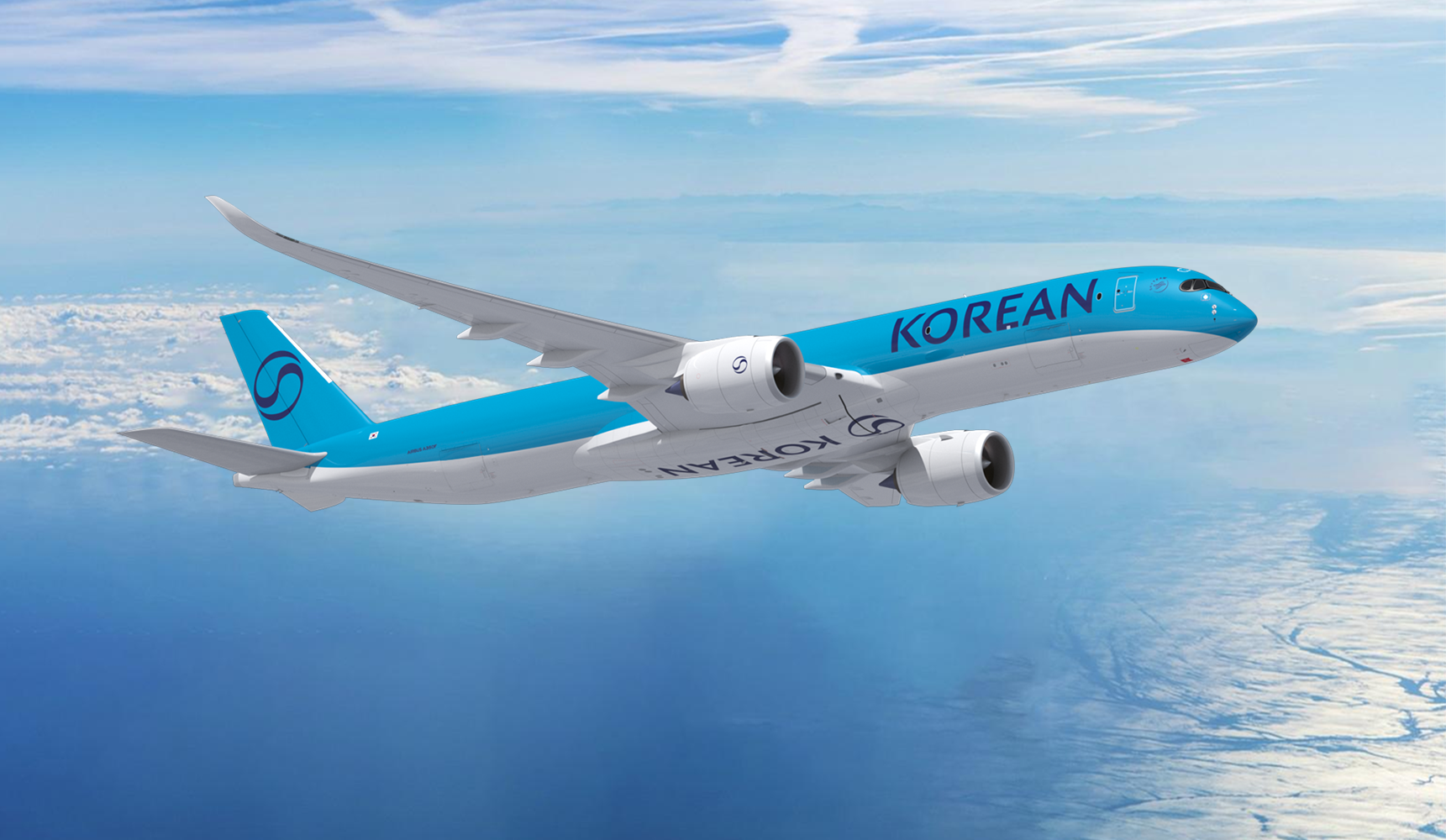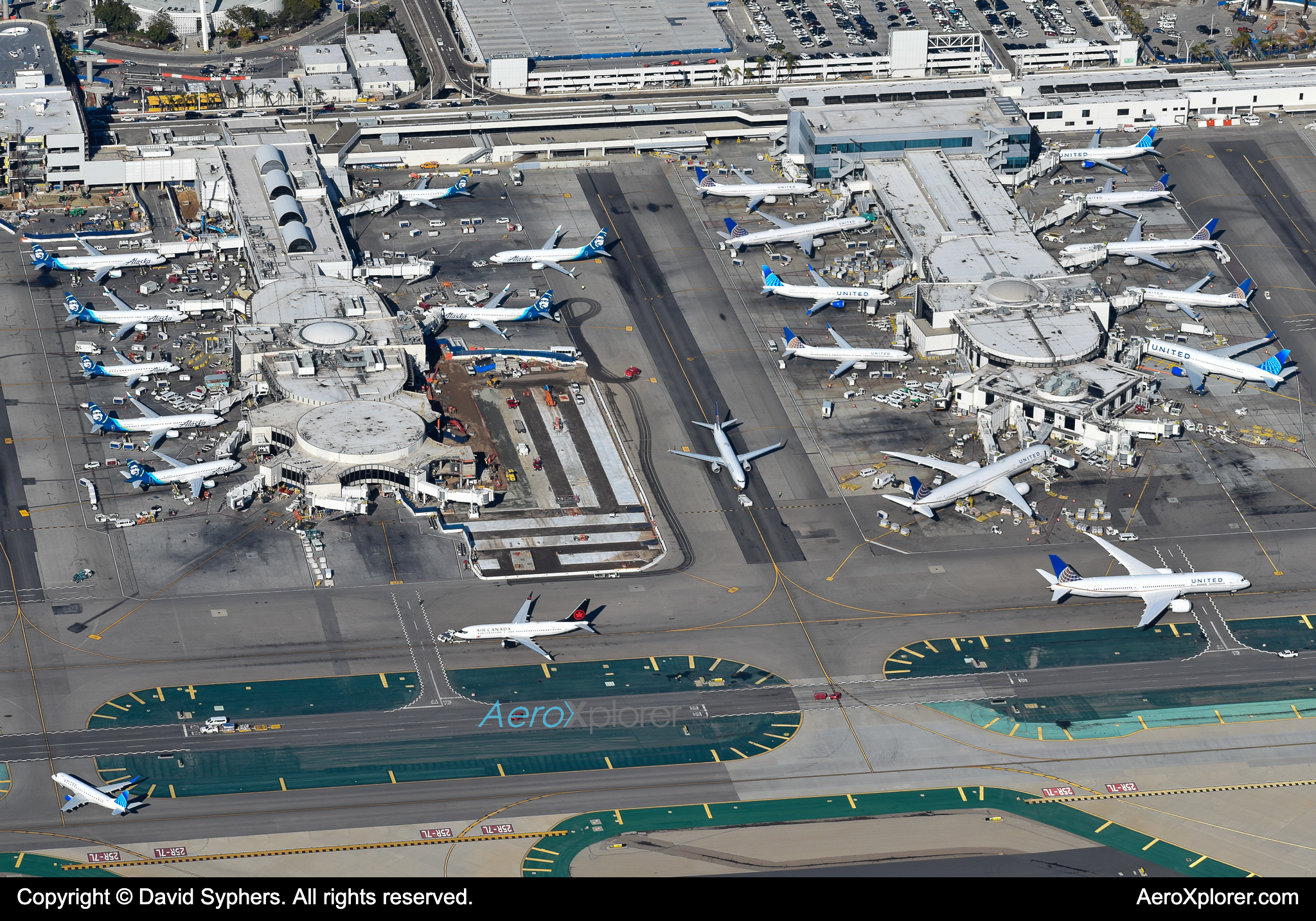Korean Air and Asiana Airlines recently reported their 2020 earnings. Both surprisingly surpassed expectations by posting a profit led by their cargo operations, in an industry filled with large losses.
Korean Air reported an operating profit of 148.5 billion Korean won ($125 million USD) with a net profit of 162.4 billion Korean won. Last year, the carrier reported a loss of 380.7 billion Korean won.
The carrier reported a 44% decline in revenue year over year with 1.6 trillion Korean won in revenue (1.425 billion USD). Cargo revenue for the carrier almost doubled with a 94.6% increase with 1.23 trillion Korean won in revenue, helping boost its earnings towards a profit.
Additionally, Korean Air was able to cut its operating expenses by 50.6% compared to Q1 largely in part due to a lower price of fuel and cost cuts in certain areas. For example, fuel costs for Korean Air decreased by 78.9% while non-fuel costs decreased by 40.6%.
Korean Air has focused heavily on its cargo operations. Korean Air states that it has fully maximized its cargo freighter capabilities. However, the carrier wants even more cargo capacity, seeking permission with the Korean Ministry of Land, Infrastructure, and Transport to convert some of its Boeing 777-300ER's to carry cargo in the cabin.
Similarly, Asiana Airlines broke a streak of losses recently via a large surge in cargo revenue. The carrier showcased a surprise operating profit of 115.1 billion Korean won ($96.9 million). Last year, the carrier reported a 107.03 billion Korean won loss. Revenue was down 44.7 percent year over year and 22.7 percent compared to Q1 with 816.8 billion Korean won.
Asiana posted a 95% gain in cargo revenue with 639.1 billion. An Asiana Airlines spokesperson states, "Increased cargo deliveries on long-haul routes to the United States and Europe helped offset a sharp decline in passenger travel demand amid growing virus woes."
Currently, Asiana Airlines is in the midst of an acquisition deal which may fall through. HDC Hyundai Development wants to acquire Asiana Airlines. However, talks may be falling through as HDC Hyundai says that they will blame Asiana and its parent company Kumho Industrial, if talks fall through. They blame mismanagement by Kumho for present conditions. Rumor shows that HDC may be building a case against Asiana for a lawsuit.
Many carriers have not been as fortunate as Korean Air and Asiana Airlines in terms of operating profit. For example, Jeju Airlines, a low cost carrier in Korea, posted an operating loss of 83.15 billion won ($69.96 million USD). The largest airlines in the U.S. reported large losses. For example, American Airlines posted a loss of $2.1 billion dollars with revenue dropping 86% percent.
What are your thoughts on Korean Air's and Asiana Airlines positive earnings results? Leave your thoughts in the comments below.
Boom Supersonic Suggests Business Jets Could Be in Its Future » Beyond GPS: How Quantum Navigation Could Redefine the Future of Flight » 3,200 People Just Ordered This $300,000 Flying Car »
Comments (0)
Add Your Comment
SHARE
TAGS
NEWS Korean Air Asiana Airlines Korean Air Cargo Asiana Airlines Cargo cargo revenue earningsRECENTLY PUBLISHED
 Korean Air Orders A350F Freighter
Korean Air has made a strategic decision to convert seven A350-1000 passenger aircraft orders into A350F freighter orders, reinforcing its position in the cargo aviation sector. This move reflects the airline's commitment to enhance operational efficiency and sustainability in response to growing cargo demands.
NEWS
READ MORE »
Korean Air Orders A350F Freighter
Korean Air has made a strategic decision to convert seven A350-1000 passenger aircraft orders into A350F freighter orders, reinforcing its position in the cargo aviation sector. This move reflects the airline's commitment to enhance operational efficiency and sustainability in response to growing cargo demands.
NEWS
READ MORE »
 Ghosts of 191: The Crash Site that Continues to Haunt Chicago to this Day
On May 25, 1979, American Airlines Flight 191 was scheduled to fly nonstop from Chicago’s O’Hare International Airport to Los Angeles. Operated by a McDonnell Douglas DC-10, the flight unfortunately met its untimely demise before it could even put some distance between itself and the Windy City. The events of Flight 191 continue to haunt Chicago to this day.
INFORMATIONAL
READ MORE »
Ghosts of 191: The Crash Site that Continues to Haunt Chicago to this Day
On May 25, 1979, American Airlines Flight 191 was scheduled to fly nonstop from Chicago’s O’Hare International Airport to Los Angeles. Operated by a McDonnell Douglas DC-10, the flight unfortunately met its untimely demise before it could even put some distance between itself and the Windy City. The events of Flight 191 continue to haunt Chicago to this day.
INFORMATIONAL
READ MORE »
 Turbulence at the Top: How Four Airlines Came to Dominate the U.S. Air Travel Market
The United States, being one of the world's largest aviation markets, is home to numerous airlines and a rich, dynamic aviation history. However, despite the size of the domestic market, the sector is largely dominated by four major players. Let’s examine why this is the case and what events led up to shaping the current affairs of American aviation.
INFORMATIONAL
READ MORE »
Turbulence at the Top: How Four Airlines Came to Dominate the U.S. Air Travel Market
The United States, being one of the world's largest aviation markets, is home to numerous airlines and a rich, dynamic aviation history. However, despite the size of the domestic market, the sector is largely dominated by four major players. Let’s examine why this is the case and what events led up to shaping the current affairs of American aviation.
INFORMATIONAL
READ MORE »



